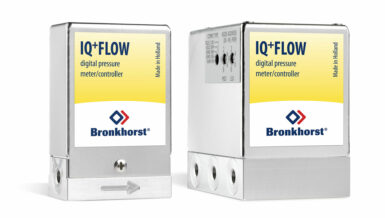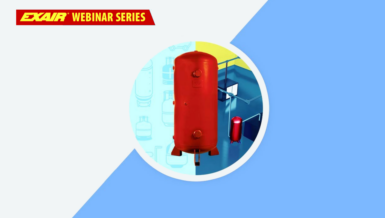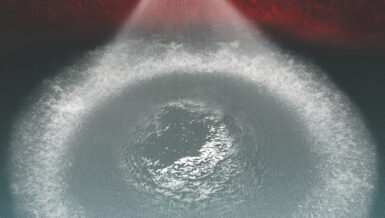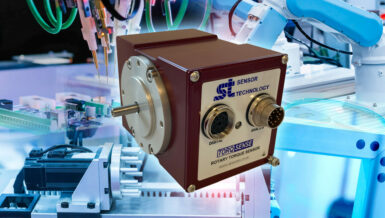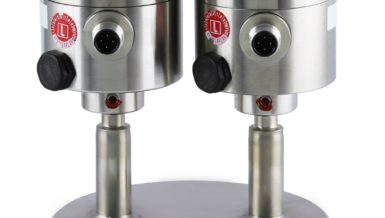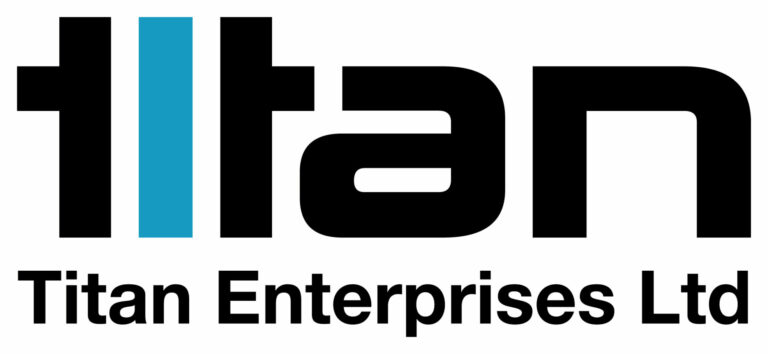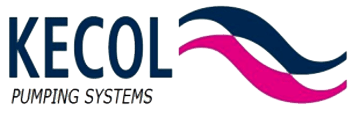In order to precisely control a reaction between process substances, any atmospheric gases must be removed from the vacuum chamber, to prevent them from interfering with the desired reactions.
Once the chamber is empty, the engineers will introduce other materials into the chamber, including gases, vaporized metals, ionized molecules, or plasma-reactive compounds, which will bind to the surfaces of other materials in highly specific ways.
Outside of this vacuum chamber, the vacuum coating system has two key features: the vacuum chamber plumbed to several stages of vacuum pumps, with a throttle valve between the chamber and the pumps to regulate the strength of the vacuum and provide a strong shutoff to prevent leakage; and a set of gas sources, which are are selectively introduced into the vacuum chamber using mass flow controllers (meters with integrated flow control valves).
The gases introduced into the vacuum chamber are used to bring the coating environment to the appropriate density and pressure. Some gases are nonreactive neutral gases, which keep the chamber pressure at an ideal, sub-atmospheric level, without affecting the concentrations of process chemicals. Others gases are reactive gases, which are an integral part of the coating process. For example, oxygen is a reactive gas for oxidation coating. Finally, purge gases may be used to cleanse the system of any last traces of the previous deposition phase carried out in the chamber.
In some processes, non-reactive gases are used as carriers by which to spread and dilute the reactive materials. Reactive materials are often vaporized metal, which has been ionized through melting and electrical field manipulation.
Coating mechanisms vary. Some are fairly passive—for example, allowing the vapor to settle slowly on the substrate. Others involve bonding films to substrates through plasma arcing in a vapor cloud. Alternative processes may require charging the substrate electrically, which attracts specific ions.
Fluctuating pressures in the vacuum chamber often lead to coatings of uneven quality and poor repeatability.
In the rarefied atmospheres of vacuum coating systems, pressure fluctuations happen — and small changes count for a lot. Components controlling process elements including nonreactive gas flows, introduction of reactive gases, and turning vacuum pumps on and off all interact with one another, but are often operated asynchronously. Each of these elements, alone or together, may affect the overall system pressure and ingredient balance in a way that can disrupt or damage the coating process.
The transient fluctuations which occur as a result of poor timing for on-off switches and long settling times in reaching a flow setpoint are subtle, but the most likely elements to throw off the delicate balance of chemicals in a vacuum chamber. These fluctuations will affect the evenness, adherence, and thickness of the vacuum coating. Substandard coatings leak to rising costs of targets, process gases, and substrates. Specifically, any valve or flow controller with a control or settling time exceeding 100 ms can have a qualitative effect on film thickness and uniformity, and overall process repeatability.
Using Alicat’s PC-EXTSEN to prevent fluctuations
Alicat’s pressure controller with an external sensor is advantageous in creating a highly controlled coating environment. The device controls the introduction on nonreactive gases into the vacuum chamber in order to control the overall chamber pressure.

The Alicat pressure controller maintains the chamber pressure precisely at the desired level
The automated system can measure the chamber pressure using an external vacuum gauge which is connected directly to the process chamber. The pressure controller reads this pressure measurement via its analog connection to the gauge, then the appropriate reactive gases are introduced into the process chamber using mass flow controllers.
As the pressure controller detects changes in the chamber pressure due to the reactive gas inflow, it instantaneously adjusts the levels of nonreactive gases. This regulates the overall process pressure to create optimal deposition conditions. The controller has a 50 ms response time, which reduces fluctuations significantly to maintain optimal deposition results.
Integrating the system increases speed of response
The pressure and flow control instruments can be standardized on and connected to a common control interface, using serial or analog communications, or an industrial protocol such as EtherCAT. This simplifies programming the devices and allows the engineer to take full advantage of the short response times of the devices.
For those using Alicat mass flow controllers, they can be reprogrammed through either remote or onboard interface to flow different gases while retaining their NIST-traceable accuracy specifications of up to ±(0.4% of reading + 0.2% of full scale). There are no k-factors required to do so, and the devices can stay in the field without requiring recalibration.
Alicat mass flow and pressure controller specifications
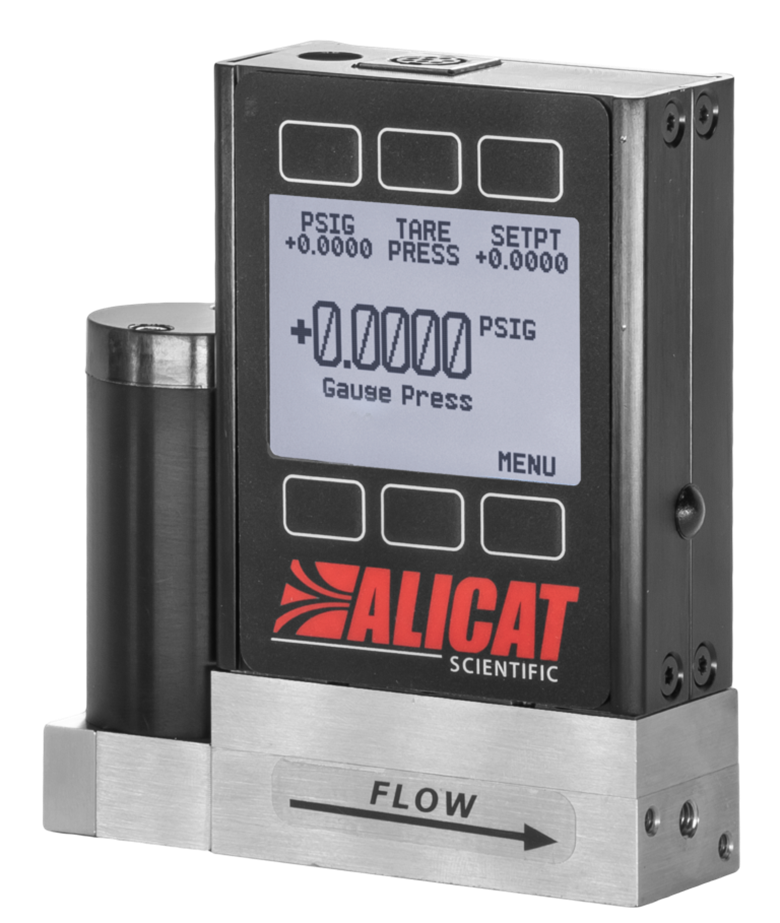
Alicat devices designed for use with vacuum coating setups all fit the SEMI footprint and plumbing connections, and can be factory-wired to match pinouts. This enables drop-in replacements for those looking to upgrade their flow and pressure controllers.
Rapid response times in the range of 50-100 ms and a high repeatability of up to ±0.08% of full scale together maintain the vacuum chamber pressure at precisely the desired level. System control can then be automated to manipulate the reactive gases independently and rapidly. This prevents disturbances to the system pressure and results in highly consistent vacuum coatings.
Finally, the control range of the devices is from 0.5-100% of full scale, making a single device highly flexible across a wide range of flow rates.
Alicat devices designed for use with vacuum coating setups all fit the SEMI footprint and plumbing connections, and can be factory-wired to match pinouts. This enables drop-in replacements for those looking to upgrade their flow and pressure controllers.
Rapid response times in the range of 50-100 ms and a high repeatability of up to ±0.08% of full scale together maintain the vacuum chamber pressure at precisely the desired level. System control can then be automated to manipulate the reactive gases independently and rapidly. This prevents disturbances to the system pressure and results in highly consistent vacuum coatings.
Finally, the control range of the devices is from 0.5-100% of full scale, making a single device highly flexible across a wide range of flow rates.
Keep reading: Advantages of upstream pressure control in vacuum coating





